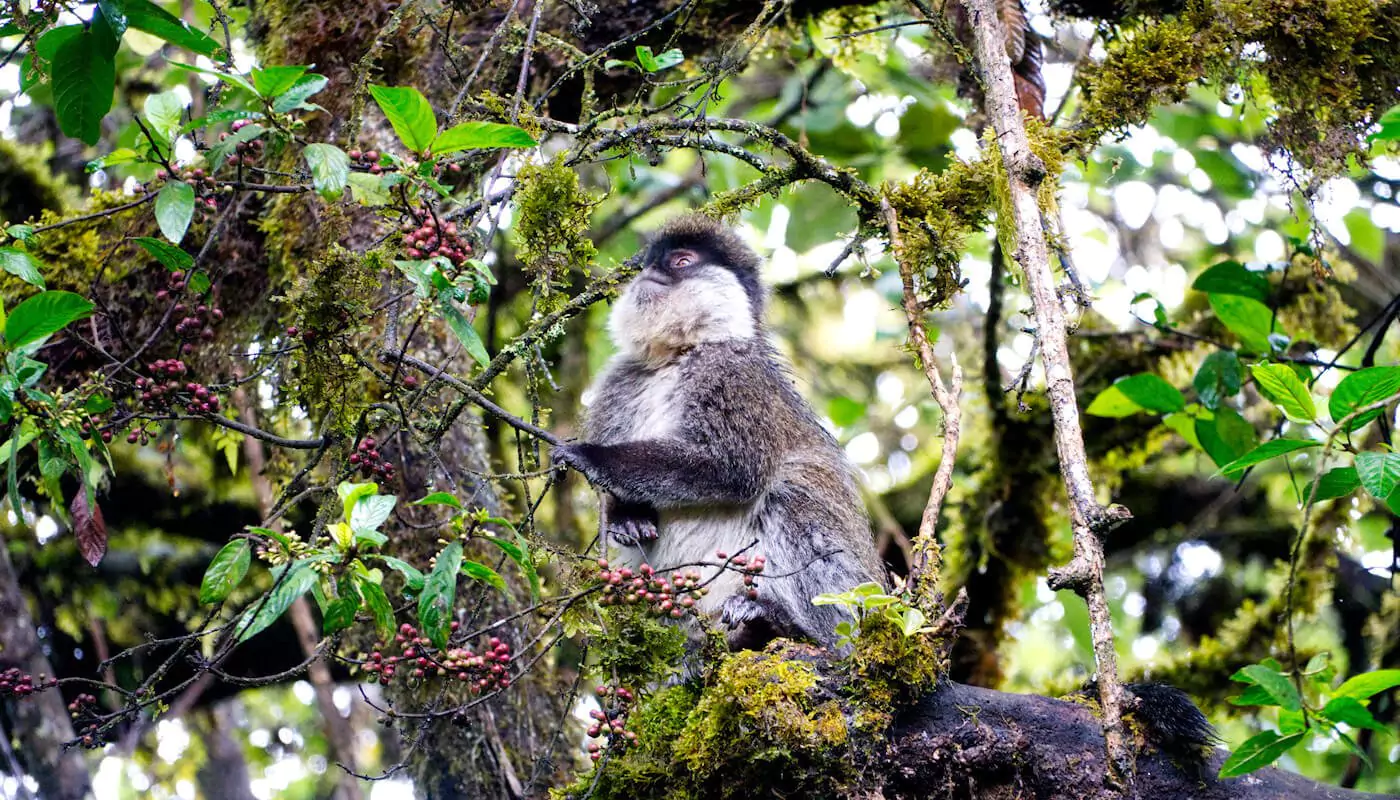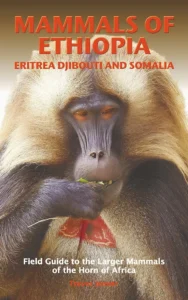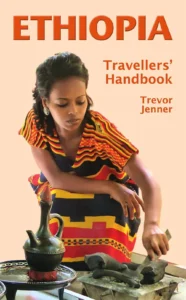
Mammals Of Ethiopia, Eritrea, Djibouti and Somalia Book Reviews
Amazon Worldwide Reviews


Mr R P Scott
All you need to know about the larger mammals of Ethiopia and the Horn of Africa
Reviewed in the United Kingdom on 18 December 2020
Verified Purchase
This book is a joy, packed full of essential information and superb photos, easily slips into your pocket and very user friendly. All you need to know about the larger mammals of Ethiopia and the other countries of the Horn of Africa: maps, habitat, behaviour and a description of each species. An absolutely necessary guide if you are visiting any of the countries of the Horn of Africa but also a lovely book to have on your bookshelf.


Gehan de Silva Wijeyeratne
Essential field guide for the region
Reviewed in the United Kingdom on 15 December 2020
Verified Purchase
I suspect this book will have a huge impact on altering perceptions on the Horn of Africa as a safari destination. Almost anyone who thumbs through this book is bound to be pleasantly surprised at the huge diversity of large mammals to be found in this region. It is difficult not to feel excited at the prospect of visiting a country like Ethiopia after studying this book. A book that is well designed and illustrated and with credible text from someone with extensive field experience goes a long way to developing the wildlife tourism market in a country. This is just the sort of book a country like Ethiopia needs to establish itself as a popular safari destination.
Over the years I have visited Africa a few times and I have acquired a large number of books on its natural history. I took an instinctive liking to the design and content of this book. With the focus on the larger mammals, it manages to be reasonably slim at 206 pages. Therefore, it is not too heavy to be in the day pack. The images are consistently crisp and reproduced to a good size in a book with dimensions of 5.5 cm wide and 8.5 cm tall. It is field guide size and not as small as some of the more compact guides. But the bigger page area does show off the images well. The text on the species accounts is structured well with the focus on identification. The distribution maps are a big plus. I appreciate the distribution maps are best interpreted as indicative and provide no measure of abundance and ease of viewing. But when perusing the maps for star species such as Wild Cat, Serval, Caracal, Leopard, Lion and Cheetah, it is hard not to be surprised at how widely distributed these species are.
In the species accounts, in the comparison with similar species, key field diagnostics are in orange text contrasting with the rest of the text in black. The species names are also in orange, mirroring the colour on the distribution maps. These are little design touches which make the book easy on the eye and will hopefully recruit more tourists into becoming natural history converts. The species text also covers the distribution, IUCN status, size, typical localities, habitat and behaviour. A lot of information is packed in. Having written and photographed two photographic guides to the mammals of Sri Lanka (published by Bloomsbury and John Beaufoy Publishing), I can appreciate that this book would have taken a lot of work to bring it to fruition.
A few species have a double page spread, but the majority of species have a full page which is adequate for a field guide focussed on the larger mammals. The different orders of families are broken by a full page which serves as a divider which then lists the families in that order. I am a fan of this feature as it allows people who are not already serious amateur naturalists to get their heads around mammalian diversity at the level of scientific orders and families.
The introductory sections begin with a map of the Horn of Africa and show the political boundaries. The 21 mammals which are endemic or near endemic are listed. The section on vegetation and habitats dispels the notion that the region is one large dust bowl, an image which may have registered with the heroic efforts of Band Aid in the 1980s to raise much needed humanitarian aid. The lyrics of their famous fund raising song included ‘…where nothing ever grows, no rain or rivers flow….’. I cannot fault them for creating graphic images for raising money to save lives. However, this book using text and images reminds contemporary travellers what Ethiopia is really like. In addition to bush and savannah; the stereotyped images from the popular East African and Southern African safari destinations, it has wetlands, lakes and rivers. There are lush rainforests festooned with mosses and lichen. At the high elevations there are Afroalpine moorlands. I would have liked to have seen more images of its cloud forests which must hold species yet waiting to be discovered. The four countries, Ethiopia, Eritrea, Djibouti, and Somalia have country sections. The section on Ethiopia is the largest and provides a good, brief introduction to its extreme range of habitats from the high mountains to its north, south and west, and on to the deserts on its east and south. The Simien Mountains have eight peaks over 4,400 m. The Afar Desert still has volcanic activity. The country has four major river systems and the Godere Rainforest receives 2,200 mm of rainfall annually. The Author Trevor Jenner has also written the ‘Ethiopia Traveller’s Handbook’ which will no doubt help with travel planning for those like me who are inspired to visit the country.
The end sections (pages 158 to 206) have a useful ‘Where to find mammals’ by country. The section on Ethiopia has detailed accounts for the famous Bale Mountains National Park as well as other parks including the Simien Mountains and the Alleghdai Plains. A full checklist of the mammals of Ethiopia is provided and not surprisingly it is dominated by smaller mammals such as bats, shrews, rats and mice. There are 85 species of bats and 86 species of rodents highlighting how rich the region is for mammals. Admittedly this is not what tourists go for, but the species accounts on pages 29 to 157 make it abundantly clear that the region has a full complement of the megafauna that earns tourist dollars. The Big Five, primates, hyenas, wolves, zebras, hippopotamuses, pigs, giraffes, antelopes, etc. are all found here. The end sections have a lot of other useful information including details of conservation organisations, a glossary, references and an Eponym dictionary. Did you wonder who Grant in Grant’s Gazelle was, for example?
On the whole, this is a well thought out book and a useful safari guide to anyone with an interest in African mammals. Reading through the text I was surprised to read that a large mammal like the giraffe is still hunted for its meat and its tail hairs to make ornaments. Africa’s large mammals are potentially worth so much more as a revenue generating wildlife tourism asset, which is also a more sustainable use of wildlife. I hope this region will see a period of political stability which together with the impetus provided by books like this, will result in economic growth aligned with conservation.
SITEMAP
Meru Publishing Ltd.
18 Forest Way
High Wycombe
Buckinghamshire
HP13 7JF
UK


